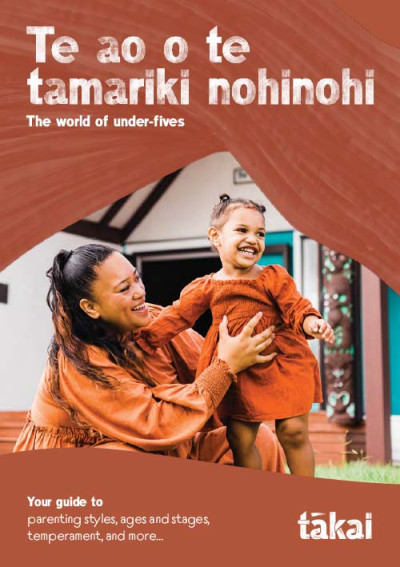
Signs of temperament
How to understand baby's temperament.
‘Temperament’ describes types of personality that influence how we respond emotionally to experiences. All babies (and children and adults too) differ in their emotional make-up.
Babies’ temperaments are partly influenced by the genes they inherit from their parents. Some aspects of a baby’s temperament are apparent soon after birth: how quickly baby becomes upset in response to something or somewhere new, how intense their upset is and how long it takes them to recover.
Some aspects of temperament will be lasting over time and others may change
- Some babies are very active and always on the go.
- Some cry easily and intensely.
- Some are able to pay attention to a toy for a long time.
- Some find it difficult to cope in new situations.
- Some wake to the slightest noise.
- Some find it difficult to cope with too much stimulation, such as a trip to the mall with bright lights, noise and lots of people and movement.
‘Easy-going’ babies
Some aspects of temperament contribute to babies being described as ‘easy-going’. These babies usually find it easy to adapt to new situations, have reasonably predictable sleeping and feeding schedules, show a mild reaction – whether it’s positive or negative – and generally have positive moods.
‘Reactive’ babies
Babies who are more challenging to care for may withdraw in new situations, have unpredictable routines and be highly reactive and irritable. This more reactive baby may also be the one who laughs out loud and shrieks with delight. And a baby with unpredictable routines may cope well with changes to the family’s routine, like going on holiday.
Parent–child temperament combinations
Some parents may find it easier to fit in with one baby’s temperament than their other babies. For example, a parent who doesn’t have consistent routines and likes spontaneity may find it difficult to fit in with a baby who thrives on consistent, predictable routines and becomes upset when these aren’t in place. When parents’ expectations and the environment fit well with their baby’s or young child’s temperament, this is called ‘goodness of fit’.
Interacting with different temperaments
How parents interact with their baby may influence some aspects of baby’s temperament. Parents may support their baby or young child with characteristics that are challenging. A shy child may need a parent to go with them to a birthday party and stay close by until the child indicates they are feeling more comfortable.
This child still needs plenty of opportunities to spend time with other children and go to new places, and with support from their parents may gradually become more comfortable in new situations.
The shy child may also be the one to play well on their own, developing imagination and creativity. It’s really important for whänau to focus on the strengths of each type of temperament and not see them in a negative light.
Accepting baby’s unique temperament
All babies need their parents to accept their unique way of being in the world, have realistic expectations and respond to their needs. If parents feel they are in a negative cycle of interacting with their baby or young child, they may find it helpful to problem-solve and find new ways they can react to them or adapt the environment.
Leaving baby with a trusted babysitter for a short time and having a break to ‘refuel’ can re-energise parents. If they’re really struggling, encourage them to seek professional help.
Environmental influences on temperament
Family environments have a huge influence on babies’ emotions and behaviour, and there may be factors in the environment that are stressful for baby, such as family violence. Babies who cry often or withdraw may be indicating they find it difficult to cope rather than these behaviours and emotions being typical of their temperament.
Summary
- Everyone has their own unique temperament.
- ‘Goodness of fit’ is when parents’ expectations and the environment fit well with baby’s temperament.
- Parents can focus on the strengths of different types of temperament.












